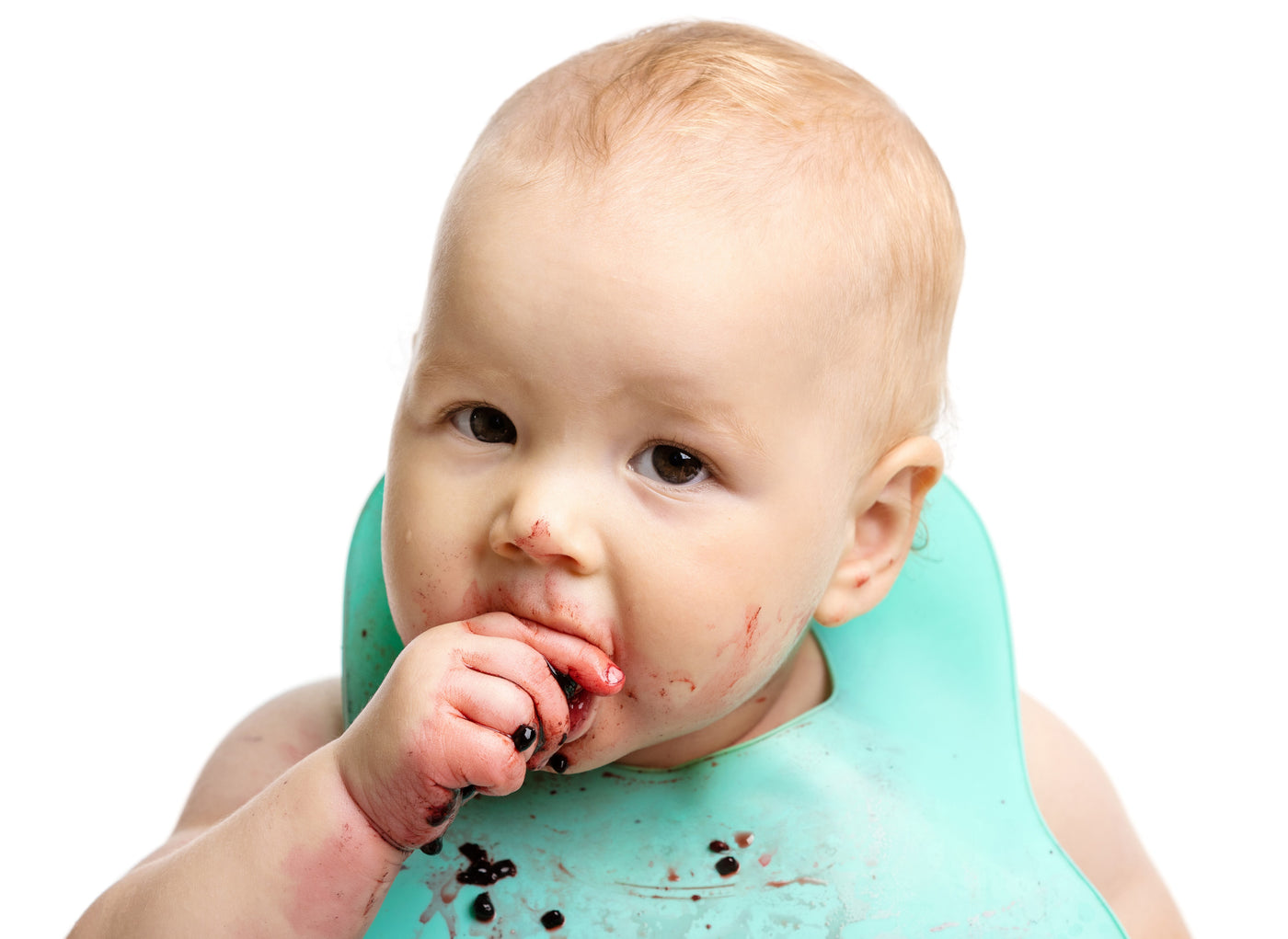
Importance of Messy Play
Should my baby be allowed to make a mess when eating?
Should they be allowed use their hands to explore food?
I love play.. symbolic, pretend, role-play, parallel, collaborative etc.. the list is endless and so is the fun! I love what play does to develop a child's imagination, engagement, team-work skills, coping, sensory processing, motor skills, problem-solving, decision-making, emotional maturity, social skills etc.. the list is once again endless.
Today, I am going to talk about the importance of messy play. Not every adult or child is comfortable with this kind of play but it can be vitally important for your child's development so embrace it! Some children don't enjoy messy play when they have difficulties processing visual and tactile input. To learn more about sensory processing difficulties & sensory preferences, you should check out my course which is available by clicking here.

Children learn through play and exploration of different sensory experiences. Messy play is just one aspect. However, some children don’t like touching new textures or creating 'a mess'. You should never force your child into touching things that they don’t want too. Instead give your child opportunities to explore a variety of textures in their own time through a playful approach with no pressure.
How do I encourage my child to engage in messy play?
Let's say your child enjoys water play, then you could introduce some bubbles or paint in the water so the water turns a different colour. You could put different objects in the water such as toys, cooked or dry pasta, shaving foam, sequins etc. Try incorporating different textured objects that are around the house/school.
Some more fun ideas include:
Sand play- start with using a spade, bucket, container, cars and gently encourage them to touch the sand with their hands. You can also add water, glitter, paint. Make sure to always have something closeby that you wipe your child's hand with if they display cues they are uncomfortable or becoming overwhelmed. Do this with a calm tone & relaxed body langauge so you can faciltate co-regulation.

Feeling different textured materials – make a sensory path outside using different materials, encourage play with different textured toys & objects. E.g. cardboard, shiny paper, fur, velvet, cord, wool, sand paper, sequins, pasta/rice stuck on card or loose, spiky/soft brushes, cotton wool, crepe paper, feathers, sponges, leaves.
If your child is likely to put things in their mouth, start with food which is safe to consume (dependent on their age) i.e. died pasta/rice/lentils, crushed ice, jelly, custard, ice cream, yogurt, squished fruit, cooked vegetables and fruit, pastry. Messy play with food is very important so children can learn about the tactile properties of food. Babies will often use their hands as an extension of their mouth, exploring objects with their hands before bringing to their mouth for further investigation.
If they don’t put non-food objects in their mouth, you could try things like hand/body cream, shaving foam, sand, glitter, paint, play-dough.
Making a collage, sticking different textures, for example paper, tissue paper, crepe paper, leaves, textured card, sequins, glitter, sand, pom-pom’s, cotton wool, feathers.
Painting with hands (and feet), add sand/glitter to the paint. Start with using a brush/roller if your child doesn’t want to touch the paint.
Hope you found these ideas helpful,
Jess

CONTENT DISCLAIMER: Jessica Kennedy is a Certified CORU Registered Occupational Therapist. All information on the website is for informational purposes only and is not a replacement for medical advice from your physician. Please consult with a medical professional if you suspect any medical or developmental issues with your child. Do not rely on the information on the website as an alternative to advice from your medical professional or healthcare provider. You should never delay seeking medical advice, disregard medical advice, or discontinue medical treatment as a result of any information provided on the website. All medical information on the website is for informational purposes only. All activities outlined on the website are designed for completion with adult supervision. Please use your own judgment with your child and do not provide objects that could pose a choking hazard to young children. Never leave a child unattended during these activities. Please be aware of and follow all age recommendations on all products used in these activities. My OT & Me is not liable for any injury when replicating any of the activities found on this blog or website.
Leave a comment (all fields required)
Comments will be approved before showing up.

